Highlights
Highlights of Nar Phu Valley Short Trek
- Hidden Himalayan Villages: Discover the remote villages of Nar and Phu, rich in Tibetan-influenced culture and traditions.
- Stunning Himalayan Views: Enjoy panoramic vistas of Annapurna, Kang Guru, Pisang Peak, and Himlung Himal.
- Off-the-Beaten-Path Experience: A rarely explored region offering a pristine trekking adventure.
- Cultural Immersion: Witness centuries-old monasteries, chortens, mani walls, and traditional Tibetan Buddhist practices.
- Nar Phu Valley Restricted Area: Trek through a special restricted region that requires permits, ensuring fewer crowds.
- Diverse Landscapes: Experience lush forests, rugged terrains, high mountain passes, and arid landscapes resembling the Tibetan Plateau.
- Kang La Pass (5,320m): Challenge yourself with an exhilarating crossing that offers unparalleled mountain views.
Overview
Nar Phu Valley Short Trek: Description
The Nar Phu Valley Short Trek is a hidden gem nestled in the Annapurna region of Nepal, offering a rare opportunity to explore one of the most secluded and culturally rich trekking routes in the Himalayas. Ideal for adventurers seeking a combination of nature and culture, this trek takes you to the remote villages of Nar and Phu, where traditional Tibetan lifestyles remain untouched by modernization.
This short version of the trek typically spans 7–10 days, making it perfect for travelers who want to experience the raw beauty and unique culture of the region without committing to a longer itinerary. The trek begins from Koto, near Chame, and follows a trail that diverges from the popular Annapurna Circuit, taking you through narrow gorges, dense pine forests, and rugged alpine landscapes.
The highlight of the trek is reaching the villages of Nar and Phu, where you’ll encounter ancient Buddhist monasteries, traditional stone houses, and welcoming locals. Crossing the Kang La Pass (5,320m) is a thrilling challenge, rewarded with breathtaking views of the Annapurna and Manaslu ranges.
This trek is perfect for those seeking an off-the-beaten-path adventure, cultural immersion, and awe-inspiring natural beauty. With its restricted area status, the trail remains less crowded, ensuring a peaceful and intimate trekking experience.
Why You Should Trek to Nar Phu Valley
- Unique Cultural Insights: Witness Tibetan-influenced traditions, architecture, and lifestyles that have remained preserved for centuries.
- Secluded and Pristine: Experience the solitude of a less-traveled route far from the busy trails of the Annapurna region.
- Thrilling High Pass Adventure: Crossing the Kang La Pass is a rewarding challenge for trekkers seeking adventure.
- Diverse Terrain: Journey through lush forests, arid landscapes, and high-altitude terrains within a single trek.
- Rich Biodiversity: The region is part of the Annapurna Conservation Area and home to diverse wildlife, including blue sheep and snow leopards.
- Short and Flexible Itinerary: Experience a restricted area trek in just 7–10 days, making it accessible to time-constrained adventurers.
Best Tips for Nar Phu Valley Short Trek
- Obtain Required Permits: You’ll need a Nar Phu Valley Restricted Area Permit and ACAP (Annapurna Conservation Area Permit) before starting the trek.
- Hire a Guide: As a restricted area, trekking solo is not allowed. A licensed guide ensures safety and a richer cultural experience.
- Prepare for the Kang La Pass: The pass is challenging due to altitude and weather; pack appropriate gear and acclimatize well.
- Pack Smart: Include warm clothing, trekking poles, and a high-altitude sleeping bag for cold nights.
- Stay Hydrated and Acclimatize: Drink plenty of water and include rest days to avoid altitude sickness.
- Respect Local Customs: Follow cultural norms in villages, such as removing shoes before entering homes or monasteries.
- Carry Cash: No ATMs are available, and teahouses accept cash payments only.
Best Season for Nar Phu Valley Short Trek
The best seasons for the Nar Phu Valley Short Trek are:
- Spring (March–May): The region comes alive with blooming rhododendrons, and the weather is mild and pleasant.
- Autumn (September–November): Offers stable weather and the clearest mountain views, making it the most popular trekking season.
- Winter (December–February): While colder, this season offers a peaceful trek with snow-covered landscapes. The Kang La Pass may be difficult to cross due to heavy snowfall.
- Monsoon (June–August): Not ideal due to slippery trails and leeches, but the Nar Phu region sees less rain, making it a possible option for adventurous trekkers.
Key Attractions Along the Trail
- Koto: The starting point of the trek, located near the bustling Annapurna Circuit trail.
- Phu Village: A remote village with ancient monasteries, stunning landscapes, and traditional stone houses.
- Nar Village: Known for its vibrant festivals, prayer flags, and welcoming locals.
- Kang La Pass (5,320m): A thrilling high-altitude pass offering incredible panoramic views of the Annapurna and Manaslu ranges.
- Monasteries: Visit centuries-old Buddhist monasteries, including Tashi Lhakhang Gompa, an important spiritual site.
Want to extend your Himalayan adventure into remote high mountain passes? Consider the Manaslu Circuit Trek , a longer and more diverse journey that takes you through Tibetan-influenced villages, deep valleys, and the dramatic Larke La Pass.
🧭Alternative Tours & Packages
- Luxury Manaslu Circuit Trek – Helicopter Return Expedition
Explore the raw wilderness of the Manaslu Circuit in style, enjoying upscale lodges along the trail and capping off your adventure with a scenic helicopter ride back, revealing sweeping Himalayan panoramas. - Sacred Tsum Valley & Manaslu Circuit – Hidden Himalayan Trek
Delve into one of Nepal’s most secluded and spiritual trekking experiences, combining the mystical Tsum Valley with the dramatic Manaslu Circuit for a journey rich in culture, nature, and solitude.
Included and Excluded
- Four airport pick-ups and drop-offs to your hotel.
- On the BB plan, two nights in a two-star hotel in Kathmandu.
- 3 meals per day during the trek (Breakfast, Lunch, and Dinner) ( also includes tea or coffee).
- A Jeep transfer from Kathmandu to Dharapani.
- Accommodation in a tea house or lodge during the trek.
- An experienced English-speaking guide.
- 1 porter for every 2 visitors.
- All sorts of government and local taxes.
- Annapurna Conservation Entrance Fees.
- All the trekking permits, such as the Nar-Phu special permit.
- Trekkers' Information Management System (TIMS).
- A first aid kit for any small injuries during the adventure trip.
- Guide and porter's salaries include food, accommodation, and transportation.
- A route map.
- Guide and staff insurance during the trek.
- All the trekking equipment and personal expenses include alcoholic beverages, phone calls, and laundry.
- Lunch and dinner are served except for Pokhara, where there will be a farewell dinner.
- Emergency Rescue and Travel Insurance.
- Trip Cancellation Cost, loss, theft, damage, and personal effects.
- Hot Shower.
- Entrance fees for the temples and monasteries' visits etc.
- Tips and gratuities for the staff, guide, and porters.
Itinerary
- Arrival in Kathmandu: Fly in, enjoying views of the Himalayas and terraced fields.
- Hotel Transfer: Clear customs, then meet your representative for a hotel transfer.
- City Exploration: Explore Kathmandu's Durbar Square and the narrow alleyways filled with shops and temples. Visit Swayambhunath Temple for sunset views over the valley.
- Dining in Thamel: Enjoy your first meal in Thamel, where a variety of restaurants offer Western and Nepali cuisine.
- Overnight: Dinner and overnight stay at your hotel in Kathmandu.
- Morning Departure: Leave Kathmandu early and drive to Besisahar.
- Lunch and Transfer: After lunch, switch to a four-wheel drive for the rugged journey to Koto (Alt. 2,600m).
- Scenic Ride: The road can be challenging for both passengers and drivers, but you’ll be rewarded with breathtaking views of gorges and stunning waterfalls along the way.
- Arrival in Koto: Arrive in Koto in time for dinner after a 9- to 10-hour journey.
- Overnight: Spend your first night at a lodge/guesthouse in Koto.
- Early Start: Begin your day early to cover the distance ahead.
- Enter Nar and Phu Valleys: Cross the river and enter the less developed Nar and Phu valleys, contrasting with the more established towns along the Annapurna Circuit.
- Scenic Trek: Trek through beautiful forests, passing small cave shelters and pilgrim rest stops. The trail leads out of a narrow canyon and beneath a large waterfall, where the landscape opens up.
- Climb to Meta: The final stretch to Meta (Alt. 3,560m) involves a steep ascent, rewarding you with stunning views of the massive snowy peaks.
- Meta Overview: Meta sits on a large open plain and features a few simple yet clean lodges that serve good food.
- Overnight Stay: Enjoy dinner and overnight at a lodge/teahouse in Meta after an 8- to 9-hour trek.
- Departure from Meta: Leave Meta and spot colorful Tibetan Buddhist chortens along the trail.
- Scenic Trail: Enjoy views of Nar Phedi Monastery as you hike.
- Canyons and Gorges: After 90 minutes, reach a monolith marking the steep trail to Phu (Alt. 4,050m), with views of nearby villages and a Tibetan-style fortress.
- Chorten Landscape: A beautiful line of chortens awaits before crossing the bridge into Phu.
- Visit Tashi Lhakhang Gompa: After a rest, visit Tashi Lhakhang Gompa to pay respects to Lama Karma Sonam Rimpoche.
- Trek Duration: Trek for about 8 to 9 hours.
- Overnight Stay: Dinner and overnight at a teahouse/guesthouse in Phu.
- Acclimatization Day in Phu: Spend the day in Phu to adjust to the high altitude.
- Explore Phu: Wander through the town's narrow alleyways and observe locals engaging in daily tasks, such as spinning yak and sheep wool and grinding mustard seeds.
- Hike to Himlung Himal Base Camp: Optionally trek to Himlung Himal base camp (Alt. 4,000m) for an added challenge. The peak, standing at 7,125m, has only recently become accessible.
- Wildlife Viewing: Spot herds of blue sheep navigating the cliffs during your hike.
- Hike Duration: The return journey takes about four to five hours.
- Overnight Stay: Enjoy dinner and an overnight stay at a lodge/guesthouse in Phu.
- Return to Meta: Retrace your steps back to Meta, with a detour to Nar Phedi Monastery (Alt. 3,750m) for the night.
- Stay at Nar Phedi: Enjoy your stay at the monastery, which is entirely composed of the monastery itself. The nuns are friendly, and the rooms are tidy and clean.
- Cultural Experience: Watch the nuns cook over a small fireplace and observe the evening puja (blessing) ceremony, typically held at 5 PM.
- Donation Opportunity: Feel free to leave a donation for the upkeep of the monastery in the small donation box.
- Trek Duration: Today’s trek will last around 7 to 8 hours, concluding with a delicious dinner.
- Gentle Trek: Enjoy a relaxed day of trekking for about 3 to 4 hours.
- Ascent to Nar: Depart Nar Phedi and take a winding path up the hill toward Nar (Alt. 4,150m).
- Scenic Approach: Pass by beautifully painted chortens with bamboo roofs as you near the historic village.
- Arrival in Nar: Arrive in Nar around lunchtime. Despite its proximity to the main Annapurna trail, Nar is less frequented by hikers and is one of the most picturesque locations.
- Village Life: Nar offers a friendlier and livelier atmosphere compared to Phu. You may find the village square bustling with women weaving wool fabric into rugs and blankets on back-strap looms.
- Accommodation: Stay in a cozy lodge with various options available at the newly constructed tea houses on the outskirts of Nar.
- Overnight Stay: Enjoy dinner and spend the night at a lodge/guesthouse in Nar after your trek.
- Early Start: Begin your long day before sunrise, trekking to Kang La Pass (Alt. 5,306m), where you'll rejoin the popular Annapurna Circuit. While the climb isn’t particularly challenging, the altitude may make it feel tiring.
- Scenic Views: At the top of the pass, enjoy breathtaking views of Tilicho Peak, Gangapurna, and Annapurna II.
- Descent: If you love scree running, the steep descent trail will be exciting! Take a lunch break on a scenic plateau before continuing your trek to Ngawal (Alt. 3,675m).
- Contrast in Villages: Ngawal presents a stark contrast to the ancient villages you've visited, situated on the upper Pisang route of the Annapurna Circuit.
- Modern Amenities: Most lodges in Ngawal offer Wi-Fi and phone signals, along with an extensive menu for dining options.
- Overnight Stay: After a long trek of 9 to 10 hours, enjoy dinner and spend the night at a teahouse/guesthouse in Ngawal.
- Morning Descent: After breakfast, begin your gradual descent to Pisang Village, following the bank of the Marsyangdi River.
- Scenic Views: Spend the day enjoying stunning views of the magnificent mountains surrounding you.
- Arrival in Chame: Reach Chame (Alt. 2,670m), the administrative center of the Manang District, where you'll spend the night.
- Trek Duration: Today's trek will last approximately 7 to 8 hours.
- Overnight Stay: Enjoy dinner and spend the night at a lodge/teahouse in Chame.
- Final Morning in Kathmandu: Savor your last breakfast at a café, take a leisurely stroll through the city, or do some souvenir shopping to wrap up your time in Nepal.
- Airport Transfer: A representative will pick you up from your hotel and take you to the airport for your flight home.
- Arrival at Airport: It’s advisable to arrive at the airport at least two hours before your departure.
- Farewell: Wishing you a safe flight and hoping to see you again soon!
Route Map
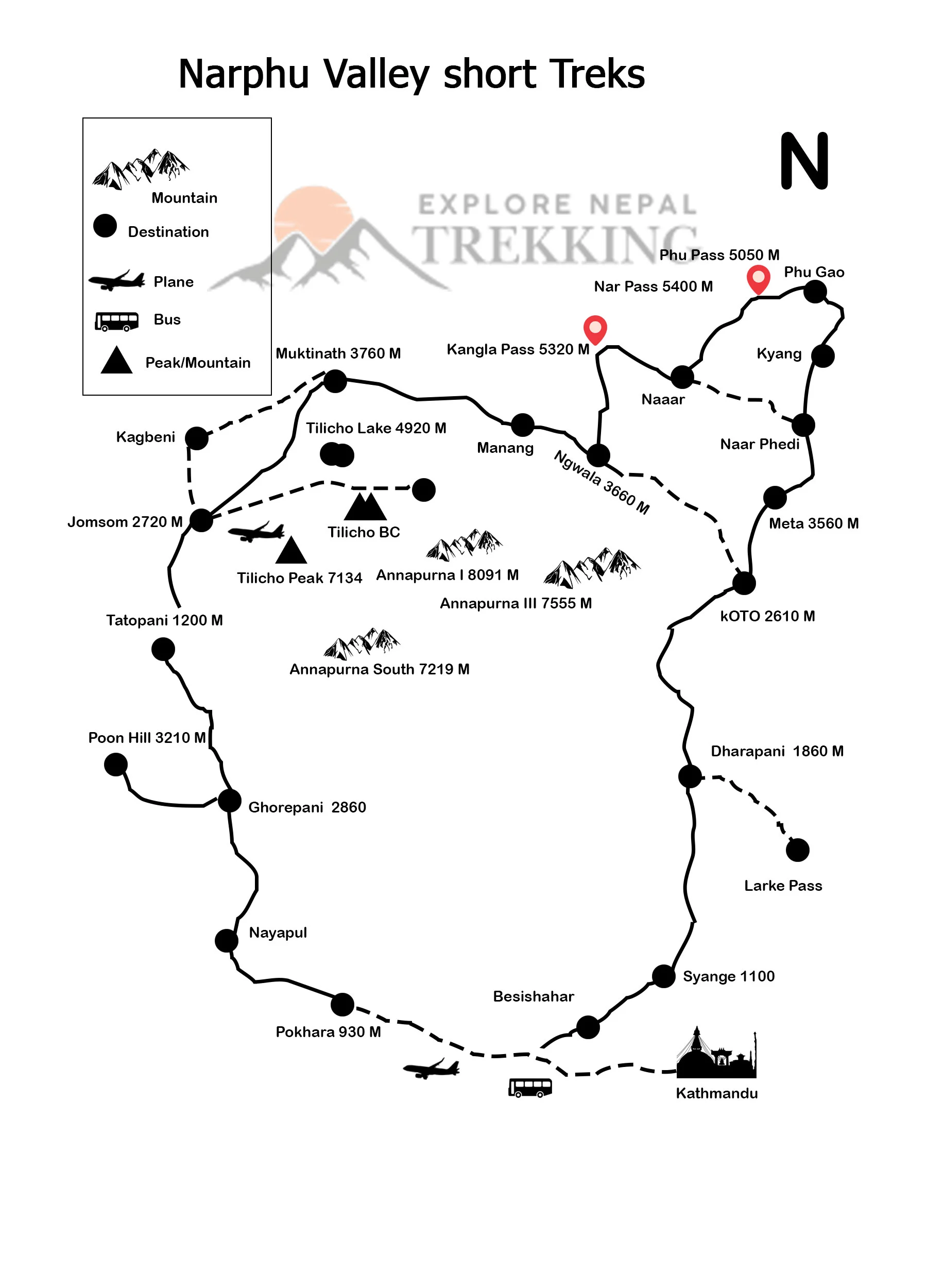
Fixed Departure
Nar Phu Valley Short Trek Availability
| # | Date | Cost | Status | Action |
|---|
FAQs
The best time to trek in the Nar Phu Valley is during the spring (March-May) and autumn (September-November) seasons. During these periods, the weather is generally clear, making it ideal for trekking and enjoying panoramic views of the surrounding mountains. The monsoon season (June-August) is also suitable for the trek, though trekkers should be prepared for potential road interruptions due to mud and landslides.
The Nar Phu Valley Short Trek is considered challenging due to the long trekking days, steep altitude ascents, and the remote nature of the trail. The daily altitude gains can be significant, and the trek involves crossing high passes, such as the Kang La Pass. This trek is best suited for experienced trekkers who are physically fit and accustomed to high-altitude trekking.
Accommodation in the Nar Phu Valley is primarily available in basic tea houses and lodges. These lodges offer basic amenities like beds, blankets, and simple meals. In remote areas, such as Nar Phedi, you can also stay in monasteries, which provide a unique cultural experience. The facilities are more basic than those found on more popular trekking routes like the Annapurna Circuit.
The Nar Phu Valley is home to a variety of wildlife and vegetation. Trekkers may encounter alpine and sub-alpine shrubland, as well as endangered animals such as the Snow Leopard, Himalayan Black Bear, and Blue Sheep. Bird species like the Danphe (Lophophorus), Himalayan Monal, and Snowcock are also found in the region. The trek offers a chance to see rare and protected species in their natural habitat.
The best time to trek in the Nar Phu Valley is during the spring (March-May) and autumn (September-November) seasons. During these periods, the weather is generally clear, making it ideal for trekking and enjoying panoramic views of the surrounding mountains. The monsoon season (June-August) is also suitable for the trek, though trekkers should be prepared for potential road interruptions due to mud and landslides.
The Nar Phu Valley Short Trek is considered challenging due to the long trekking days, steep altitude ascents, and the remote nature of the trail. The daily altitude gains can be significant, and the trek involves crossing high passes, such as the Kang La Pass. This trek is best suited for experienced trekkers who are physically fit and accustomed to high-altitude trekking.
Accommodation in the Nar Phu Valley is primarily available in basic tea houses and lodges. These lodges offer basic amenities like beds, blankets, and simple meals. In remote areas, such as Nar Phedi, you can also stay in monasteries, which provide a unique cultural experience. The facilities are more basic than those found on more popular trekking routes like the Annapurna Circuit.
The Nar Phu Valley is home to a variety of wildlife and vegetation. Trekkers may encounter alpine and sub-alpine shrubland, as well as endangered animals such as the Snow Leopard, Himalayan Black Bear, and Blue Sheep. Bird species like the Danphe (Lophophorus), Himalayan Monal, and Snowcock are also found in the region. The trek offers a chance to see rare and protected species in their natural habitat.
The best time to trek in the Nar Phu Valley is during the spring (March-May) and autumn (September-November) seasons. During these periods, the weather is generally clear, making it ideal for trekking and enjoying panoramic views of the surrounding mountains. The monsoon season (June-August) is also suitable for the trek, though trekkers should be prepared for potential road interruptions due to mud and landslides.
The Nar Phu Valley Short Trek is considered challenging due to the long trekking days, steep altitude ascents, and the remote nature of the trail. The daily altitude gains can be significant, and the trek involves crossing high passes, such as the Kang La Pass. This trek is best suited for experienced trekkers who are physically fit and accustomed to high-altitude trekking.
Accommodation in the Nar Phu Valley is primarily available in basic tea houses and lodges. These lodges offer basic amenities like beds, blankets, and simple meals. In remote areas, such as Nar Phedi, you can also stay in monasteries, which provide a unique cultural experience. The facilities are more basic than those found on more popular trekking routes like the Annapurna Circuit.
The Nar Phu Valley is home to a variety of wildlife and vegetation. Trekkers may encounter alpine and sub-alpine shrubland, as well as endangered animals such as the Snow Leopard, Himalayan Black Bear, and Blue Sheep. Bird species like the Danphe (Lophophorus), Himalayan Monal, and Snowcock are also found in the region. The trek offers a chance to see rare and protected species in their natural habitat.
Customer Reviews & Rating
Showing Verified Reviews

Sofia Martinez - London, UK
(5.0)"Trekking Nar Phu Valley was on my bucket list, and choosing Explore Nepal Trekking was the best decision. The guides were like family, always encouraging us and sharing stories about the local culture. The trail had some challenging parts, but the views and peaceful villages made it worth every step. Plus, the food was amazing! If you want an authentic Nepal trekking experience, go with these guys."

Lars Muller - Berlin, Germany
(5.0)"Absolutely loved the Nar Phu Valley trek with Explore Nepal Trekking! The scenery was breathtaking, and the team was super friendly and professional. Everything ran smoothly, and I felt well taken care of from start to finish. Can’t wait to book another trek with them!"

Karl L. Hansen - Vesterbrogade 10, 1620 Copenhagen, Denmark
(5.0)"The Nar Phu Valley Short Trek was a truly unique and amazing experience; this remote, hidden valley offers a profound immersion into ancient Tibetan Buddhist culture, with breathtaking, rugged landscapes and centuries-old monasteries. The trek is challenging but rewarding, providing views different from the main Annapurna routes. Our guide was essential for navigating the restricted area and handling the logistics perfectly, making this a highly recommended cultural adventure."

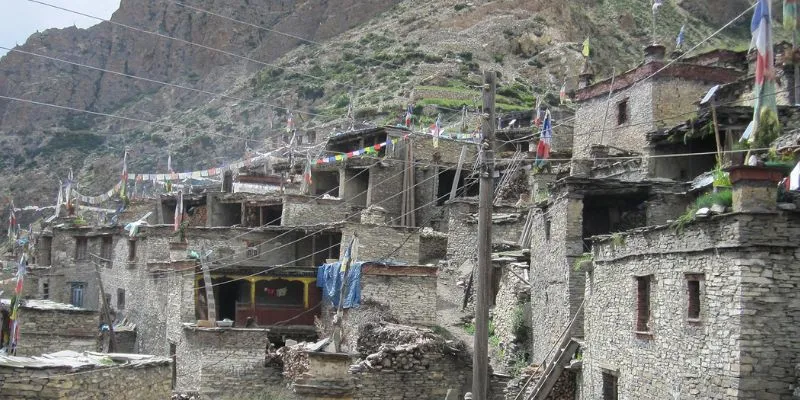
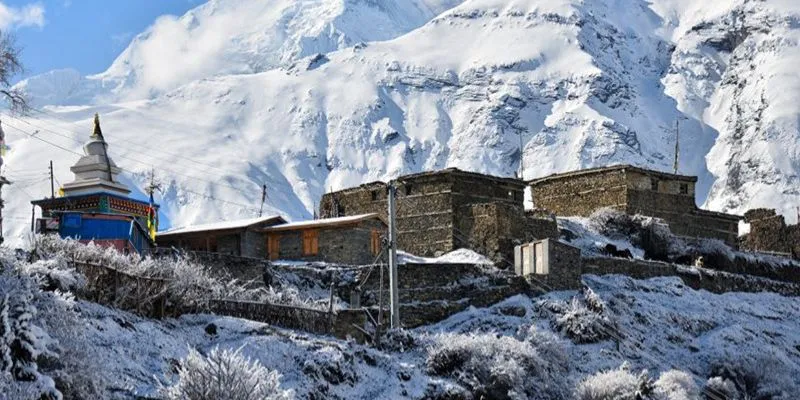
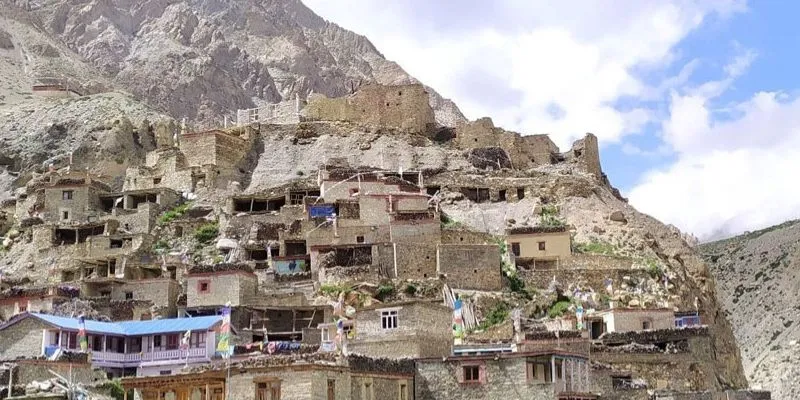
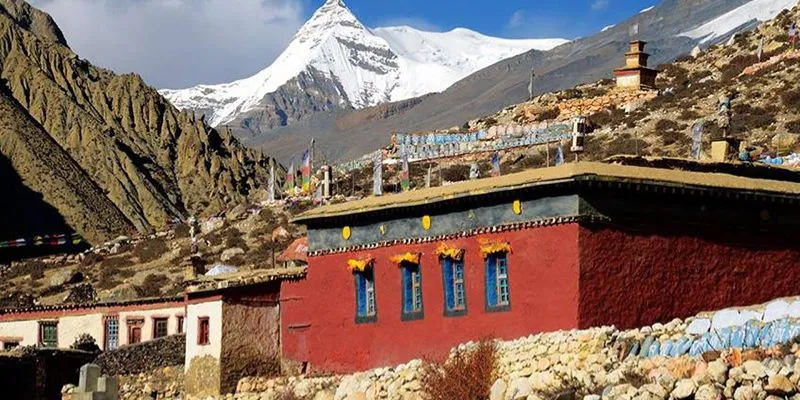

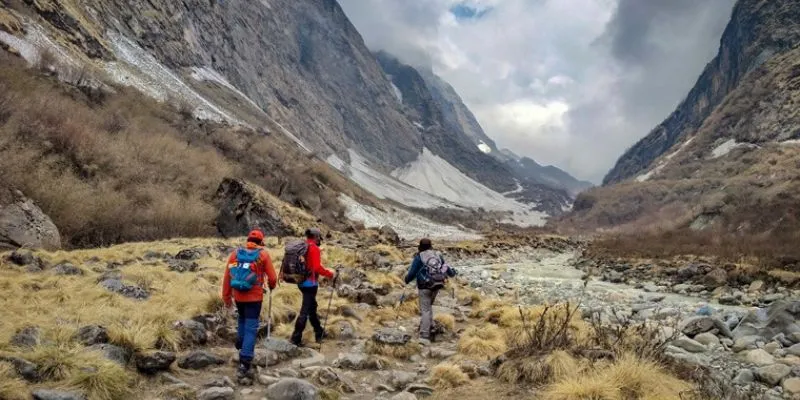
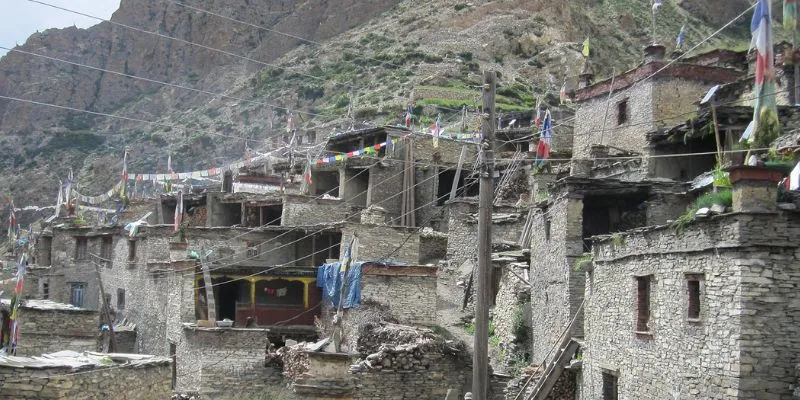
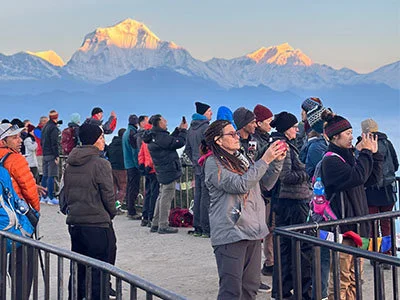
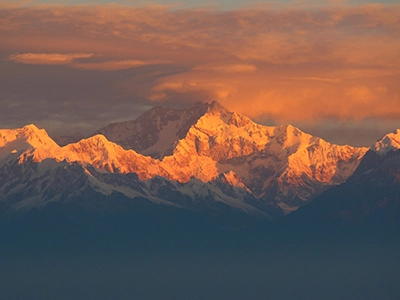

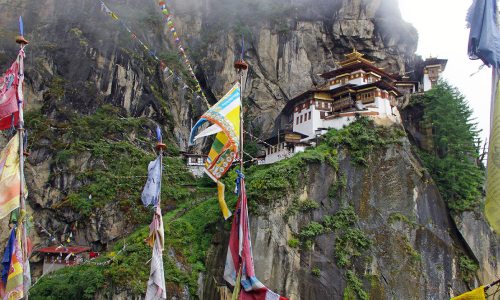
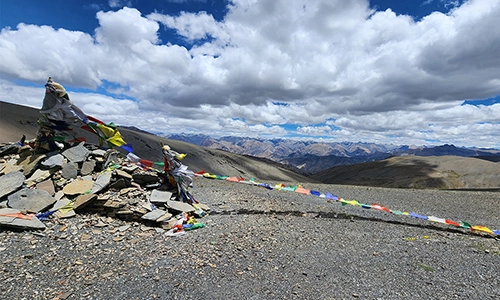
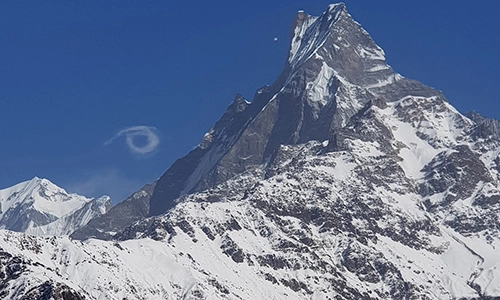








Emma Johnson - Sydney, Australia
(5.0)"I recently completed the Nar Phu Valley Short Trek with Explore Nepal Trekking, and it was truly a remarkable experience. The guides were highly knowledgeable and attentive, ensuring our safety and comfort throughout the journey. The remote valley’s stunning landscapes and rich culture left me speechless. The entire trip was well-organized, from airport pickup to accommodation. I highly recommend this trek for anyone looking to explore an off-the-beaten-path destination in Nepal."